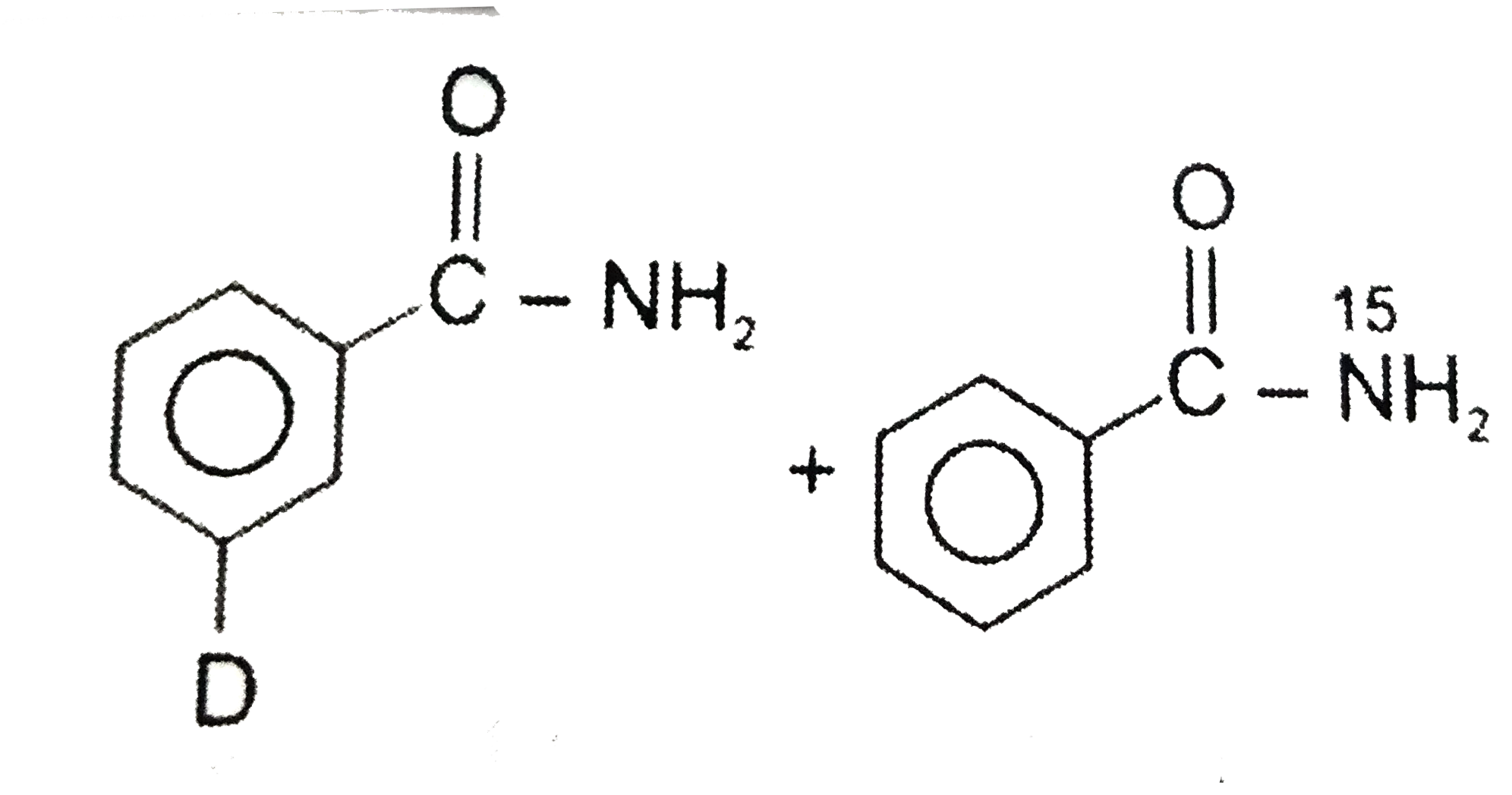Formation of plasmodium under suitable conditions is observed in
ciliated protozoans
dinoflagellates
slime moulds
flagellated protozoans
The correct Answer is:C
To solve the question regarding the formation of Plasmodium under suitable conditions, we need to analyze the characteristics of different groups of organisms mentioned in the options: Ciliated Protozoans, Dinoflagellates, Slime molds, and Flagellated Protozoans.
1. Understanding Plasmodium Formation:
- Plasmodium is a term used to describe a mass of protoplasm that can occur in certain organisms, particularly slime molds. It is a stage in the life cycle of these organisms where they aggregate and form a multicellular structure.
2. Identifying the Organisms:
- Ciliated Protozoans: These are single-celled organisms that use cilia for movement. They do not form plasmodium.
- Dinoflagellates: These are mostly marine plankton and are known for causing red tides. They do not form plasmodium.
- Slime Molds: These organisms are known for their ability to form a plasmodium under suitable conditions. They aggregate and can grow into a large mass that can spread over several feet.
- Flagellated Protozoans: These are also single-celled organisms that use flagella for movement. They do not form plasmodium.
3. Conclusion:
- Among the options, slime molds are the only group that is known to form plasmodium under suitable conditions. They can aggregate to form a large mass and can differentiate into fruiting bodies under unfavorable conditions.
4. Final Answer:
- The correct answer is Slime molds.
- Plasmodium is a term used to describe a mass of protoplasm that can occur in certain organisms, particularly slime molds. It is a stage in the life cycle of these organisms where they aggregate and form a multicellular structure.
- Ciliated Protozoans: These are single-celled organisms that use cilia for movement. They do not form plasmodium.
- Dinoflagellates: These are mostly marine plankton and are known for causing red tides. They do not form plasmodium.
- Slime Molds: These organisms are known for their ability to form a plasmodium under suitable conditions. They aggregate and can grow into a large mass that can spread over several feet.
- Flagellated Protozoans: These are also single-celled organisms that use flagella for movement. They do not form plasmodium.
- Among the options, slime molds are the only group that is known to form plasmodium under suitable conditions. They can aggregate to form a large mass and can differentiate into fruiting bodies under unfavorable conditions.
- The correct answer is Slime molds.
Topper's Solved these Questions
Similar Questions
Knowledge Check
Free-martins condition is observed in :
Adizygotic twinsBmonozygotic twinsCboth of theseDnone of theseUnder suitable conditions, slime moulds form
ABasidiocarpBPlasmodiumCFruiting bodyDGemmulesNatality under actual conditions is called
ABiotic potentialBMaximum natalityCEcological natalityDReporductive potential
Different gases in the discharge tube produce different colours under suitable conditions of pressure and voltage. Explain.
View SolutionEqual volume of N2andH2 react to form ammonia under suitable condition then the limiting reagent is
View SolutionEqual volume of N2 and H2 react to form ammonia under suitable condition then the limiting reagent is
View SolutionSyncytium condition can be observed in
View Solution
under Hofmann conditions will give :
View Solution

